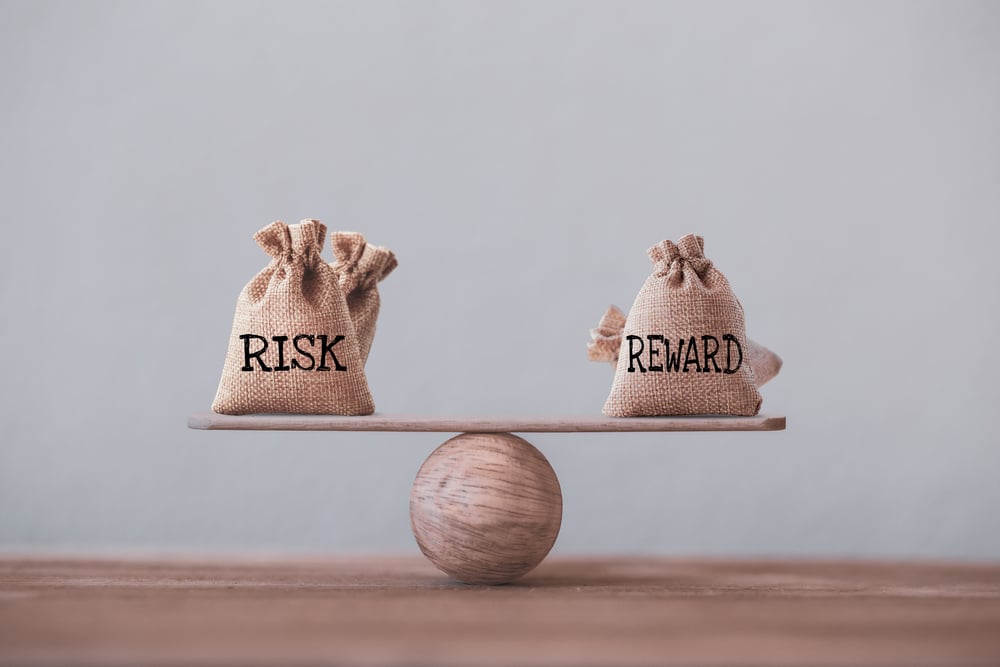
Where Do You Sit On The Risk Scale?
Risk – when you see that word do you immediately think danger, or opportunity?
When we talk about risk in real estate, we’re essentially gauging how willing you are to expose yourself to loss and how you adapt when things go wrong.
As property investors, risk is all part of the buying game, so understanding your risk profile is crucial to your overall success.
How Do You Deal With Money Loss?
Are you someone who completely falls apart when you lose money, or do you view it as part of the bigger picture?
Let’s look at a possible scenario:
Say you purchased an investment property tomorrow for $500k. However, within six months the value of that property drops to $450k because something happened in the economy that set off a small loss in real estate – like maybe coronavirus came back in full force…
How would you react to that?
We’re all engineered differently, so there isn’t exactly a correct way to react. However, all successful investors know that you have to be sustainable in real estate, so your relationship with money is critical to the longevity of your success as an investor.
Understanding Your Risk Profile
There are usually three different areas that investors sit on the risk scale – these are: conservative, balanced and aggressive.
- Conservative: These investors have a lower appetite for risk and as such are more likely to take a conservative approach and invest in low-risk options that are more protected from financial loss.
This could mean investing in real estate that is likely to maintain a steady value, but may not offer higher growth potential.
- Balanced – these investors have a more moderate appetite for risk and are likely to invest in real estate that will steadily appreciate over a long time.
They may also have a balanced strategy if they have multiple properties that balance each other out i.e. a few high growth properties which are offset by more stable, income-producing properties.
- Aggressive – these investors have a high appetite for risk and are generally focused on achieving maximum returns from their investment. They are typically interested in growing a profit at a faster rate, focusing on high growth and value add strategies.
This would include people like property traders who typically develop or renovate real estate to build equity and then sell them at a much higher value. It may also mean investors that have more high growth properties in their portfolio in comparison to lower, stable properties.
Remember, throughout your life, your risk profile will likely fluctuate depending on other factors such as trends in the real estate market, your personal financial situation, or other prominent financial goals you have.
Assessing Your Risk Profile
Your risk profile will help to determine your investment strategy, so ensuring you get professional advice is paramount to your success as an investor.
Our coaches often work with clients to assess their risk profile based on factors like your income and other assets, your financial goals and your relationship with money.
If you are just starting out on your real estate investment journey, your risk profile is just one piece of the puzzle. Get across all bases by joining us at one of our free property investing seminars.
You’ll hear from real estate experts who will be able to explain which property investing strategy is right for you.
Spaces are limited so book now.
By Sam Saggers



